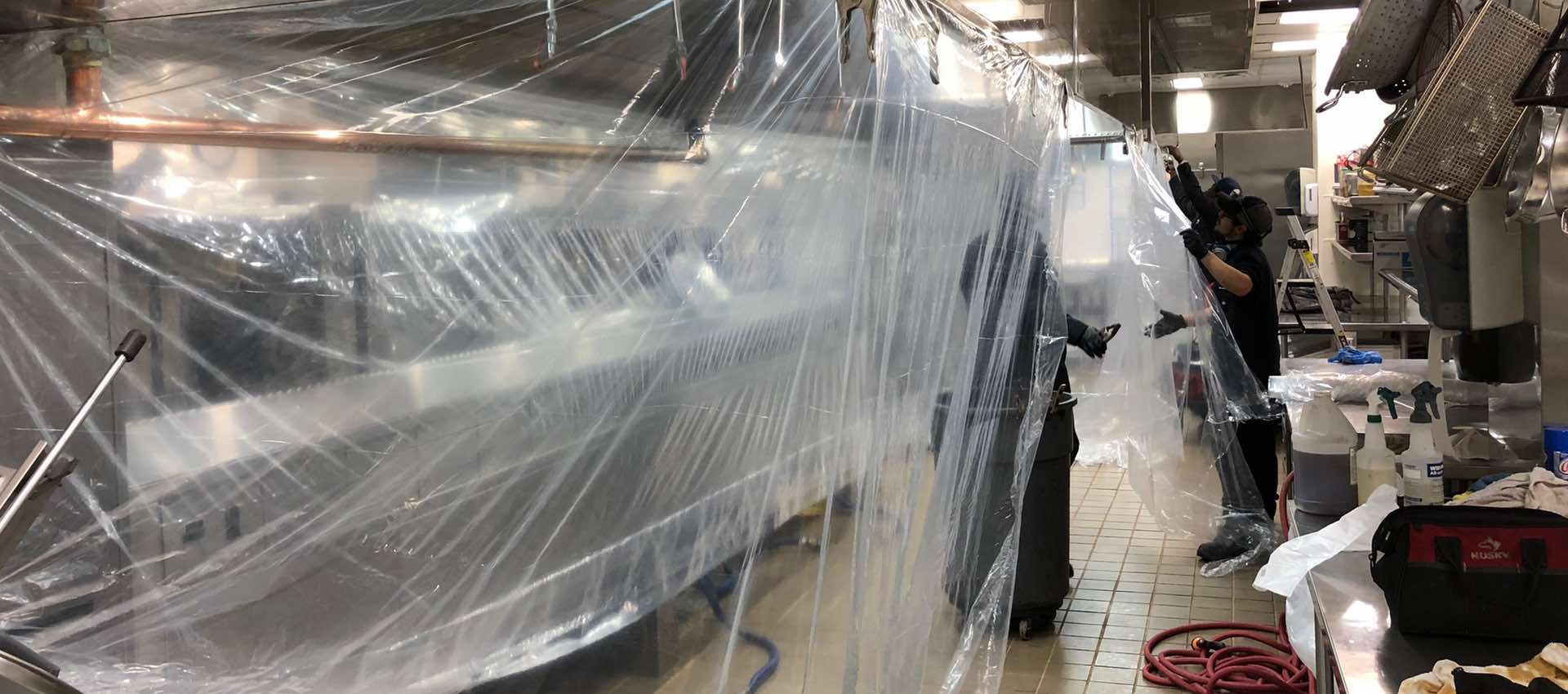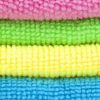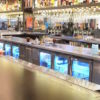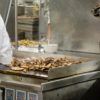As a restaurant owner or kitchen manager, you know that to prevent restaurant fires it is necessary to regularly schedule your kitchen exhaust system cleaning and maintenance with a certified and insured vent hood cleaning company.
A reputable company will clean your commercial-grade kitchen exhaust system down to bare metal – removing all grease and debris from your vent hood, exhaust fan, baffle filters and the duct system. This process most importantly keeps your restaurant and kitchen safe for employees and guests, but also keeps you in compliance with NFPA 96 requirements.
Even if the hood looks clean from the outside, only a trained and certified kitchen exhaust technician will be able identify and properly remove hazardous buildups that can accumulate from the hood and filters to the vents, fans, ducts and ultimately the roof grease containment system.
Vent Hood Cleaning Process
1. Inspect the Exhaust System
Before the cleaning even begins, the technicians should inspect the exhaust system to identify anything unusual that needs to be addressed. During this inspection, the technician might identify parts of the system that need to be repaired or potentially replaced, like the baffle filters.
2. Shut Off the Exhaust Fan
While exhaust systems vary from restaurant to restaurant (some may automatically be off when the technician arrives), it is extremely important the technicians make sure the entire system is shut off to prevent possible damage to it or his or her cleaning equipment and tools.
3. Prep the Kitchen
The vent hood cleaning process can get messy. Your technicians should start by removing the baffle filters, prepare the funnels to collect the grease and debris, and cover nearby appliances and the floor in case the funnel fails or grease splatters during removal.
4. Shut Off All Stove and Appliance Pilot Lights and Gas Valves
Before being covered with tarps, all pilot lights and gas valves on nearby kitchen appliances need to be turned off. Your technicians will be cleaning with hot water and flammable cleaning chemicals so reducing any fire risks is a major necessity.
5. Start the Vent Hood Cleaning Process
Technicians usually work in pairs, with one on the roof and another below in the kitchen area. The roof technician will spray the components of the exhaust fan and the ducts from above with degreaser and then rinse with hot water.
During this process, the kitchen technician’s job is to ensure that the grease and debris and flowing down the funnel into the collection device and that there are not any issues. The kitchen technician is also cleaning the baffle filters with a degreaser and hot water.
6. Manually Scrape Problem Areas
During this time, your technicians may need to manually scrape the components to loosen grease and debris, especially if they are extremely dirty. After the scraping, the parts are then sprayed again with chemical degreaser and rinsed with hot water, repeating as necessary until all grease and debris have been removed.
7. After Grease is Removed from the Roof, Both Technicians Start in the Kitchen
Once things up on the roof are complete, the roof technician joins the kitchen technicians and they work in tandem to clean the exhaust hood from the bottom up. Again, chemical degreaser is sprayed on the hood and rinsed with hot water, repeating as necessary until clean.
8. Polish the Hood
After it is determined that all grease has been removed from the hood, the plastic protecting it is removed, the hood is dried off and polished on the interior of exterior of the canopy.
9. Re-Install Filters and Inspect the System
After properly cleaning all components, baffle filters should be placed back in the hood. The technicians will also test to make sure the exhaust fan is working properly.
10. Apply the Certification Sticker
The technicians will apply a sticker required by law to the hood. Always keep this on the hood – it will show fire inspectors, the health department and even your insurance agent the hood cleaning date and next schedule cleaning.
11. Clean Up the Kitchen
Once all cleaning has concluded, the technicians will clean the floor and any areas where grease may have splattered. At this time, all exhaust fans and pilot lights or gas valves can be turned back on. The technicians should leave your kitchen in better condition that when they arrived.
12. Post-Cleaning Inspection
The technician will provide and written report, go over the services given and allow the restaurant owner or kitchen manager to visually inspect the system cleaning and equipment. If a representative is not available, a copy of the report is either left at the restaurant or emailed to the proper contact.
Even if you are not attempting to clean your kitchen exhaust system on your own (we advise against it for numerous reasons), it is extremely beneficial to understand and be aware of the process and steps that your hired technician takes to ensure your system is in tip-top shape.
In the end, it is in your restaurant’s best interest to know how to inspect your exhaust system once your technician has completed the entire cleaning.




